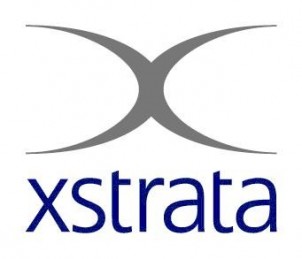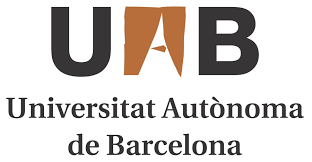
by Eike Sophie Hümpel; Msc Environmental Management (Christian Albert University of Kiel).
Following the demand to implement an independent environmental monitoring in Espinar, the local NGO “Vicaría de la Solidaridad” got funds and technical support from the German Catholic Bishops’ Organization for Development Cooperation “Misereor”. Between July and September 2011, 50 water and 27 soil samples had been taken and had been analyzed for their element composition in accredited laboratories. In 28 out of 50 water samples, the water did not fulfill the national requirements for water which might be purified with common treatment methods. Due to the lack of a national guideline for soils, the samples had been compared with the Canadian soil guideline. In 27 out of 27 soil samples, the concentration of at least one metal exceeded the threshold value determined for agricultural used soil. The study area is naturally/ geologically characterized by high concentration of polymetallic sulfides. The highest concentration of elements like aluminum, arsenic, copper, iron, lithium or manganese had been detected in standing water regimes, often used for irrigation, animal feeding and for the household. The highest concentration of arsenic found in water exceeded with 0.85 mg/ l the threshold value (0.01 mg/l) by more than 8 times. The sampling point is situated into direction northwest from the copper reservoir Xstrata Tintaya, on the shore edge of river Salado, one the main streams passing the area. It had been identified that the concentration of potentially harmful metals and metalloids shows a very irregular distribution pattern but tendencially decreases with distance to the main pit. For the soil samples the same trend had been identified. In the northern part of the mine, the concentrations of metals like antimony, arsenic, cadmium, cobalt or mercury is higher than southwards. Due to the fact that there does not exist a baseline study picturing the situation before mining activity had started, it is difficult to evaluate the relation between metals found in the upper layers and water sources and the excavation of copper.
The elaboration of hydrogeological, hydrochemical and soil maps indicating the sources and identifying the pathways of potentially toxic elements would be essential for solving the problems of pollution that have caused violent conflicts for many years in Espinar. Background concentrations need to be established to help identifying the anthropogenic influence. I would highly recommend amplifying the quality assessment as soon as possible thinking about the initiation of new and expansion of already existing projects like Xstrata Antapaccay. Tintaya’s main pit will be used as a dumping site. It is important to investigate if water will be leached, transporting non valuable elements outside of the mining area. Eco toxicological studies should be implemented; dealing with the impacts, the contaminants can have on plants, animals and humans. Furthermore it would be essential to assess the amount of fresh water constantly available in the region and the quantity which will be taken by the industry. Based on the observations and results obtained during the participative short term environmental monitoring I am convinced that Xstrata Tintaya does have a negative impact on the environment in the catchment area. The intensity, the development and the related consequences need to be assessed!





Thank you for your work Sophie. Mining Industry is very important in Peru but it is true that more control from State or civil organizacions are urgent in order to guarantee low contamination. I hope you could continue your investigations in Peru or even you could encourage some colleagues to come to Peru.
If not manage properly i think extractive industries could destroy our country.
Ciro Salazar Valdivia. Lima, Peru
siriusblack1603@gmail.com